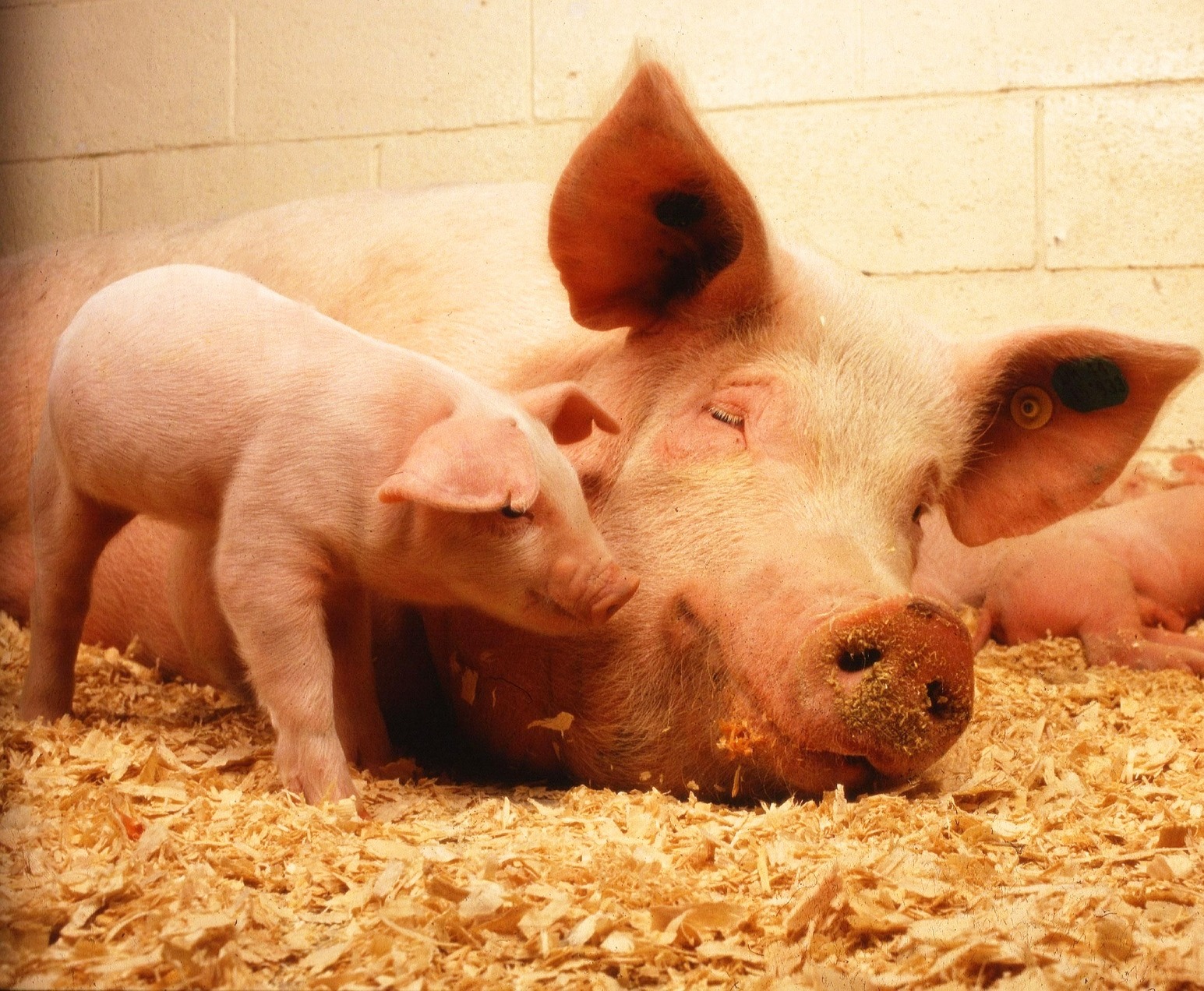Pigs can empathize

Franz de Waal defines empathy as ‘‘the capacity to be affected by and shares the emotional state of another, assess the reasons for the other’s state and identify with the other, adopting his or her perspective’’.
Scientists at Wageningen University in the Netherlands recently carried out an experiment to determine whether pigs might empathize with each other and found out that they do, in fact, empathize!
Abstract
For the welfare of group-housed animals, such as pigs, the emotional state of an individual pig is relevant, but also the extent to which pen mates are affected by the distress or pleasure of other individuals, i.e., emotional contagion, a simple form of empathy. Therefore, indicators of positive and negative emotions were investigated in pigs during anticipation and experience of a rewarding (access in pairs to a compartment with straw, peat, and chocolate raisins) or aversive (social isolation combined with negative, unpredictable interventions) event. Thereafter the same indicators were investigated in naive pigs during anticipation and experience of a rewarding or aversive event by their trained pen mates. Positive emotions could be indicated by play, barks, and tail movements, while negative emotions could be indicated by freezing, defecating, urinating, escape attempts, high-pitched vocalizations (screams, squeals, or grunt-squeals), tail low, ears back, and ear movements. Salivary cortisol measurements supported these behavioral observations. During anticipation of the aversive event, naive pigs tended to show more tail low. During the aversive event, naive pigs tended to defecate more, while they played more during the rewarding event. These results suggest that pigs might be sensitive to emotional contagion, which could have implications for the welfare of group-housed pigs. Pig emotions and the process of emotional contagion merit, therefore, further research.
Reimert, Inonge, J. Elizabeth Bolhuis, Bas Kemp, and T. Bas Rodenburg. “Indicators of positive and negative emotions and emotional contagion in pigs.”Physiology & behavior 109 (2013): 42-50.